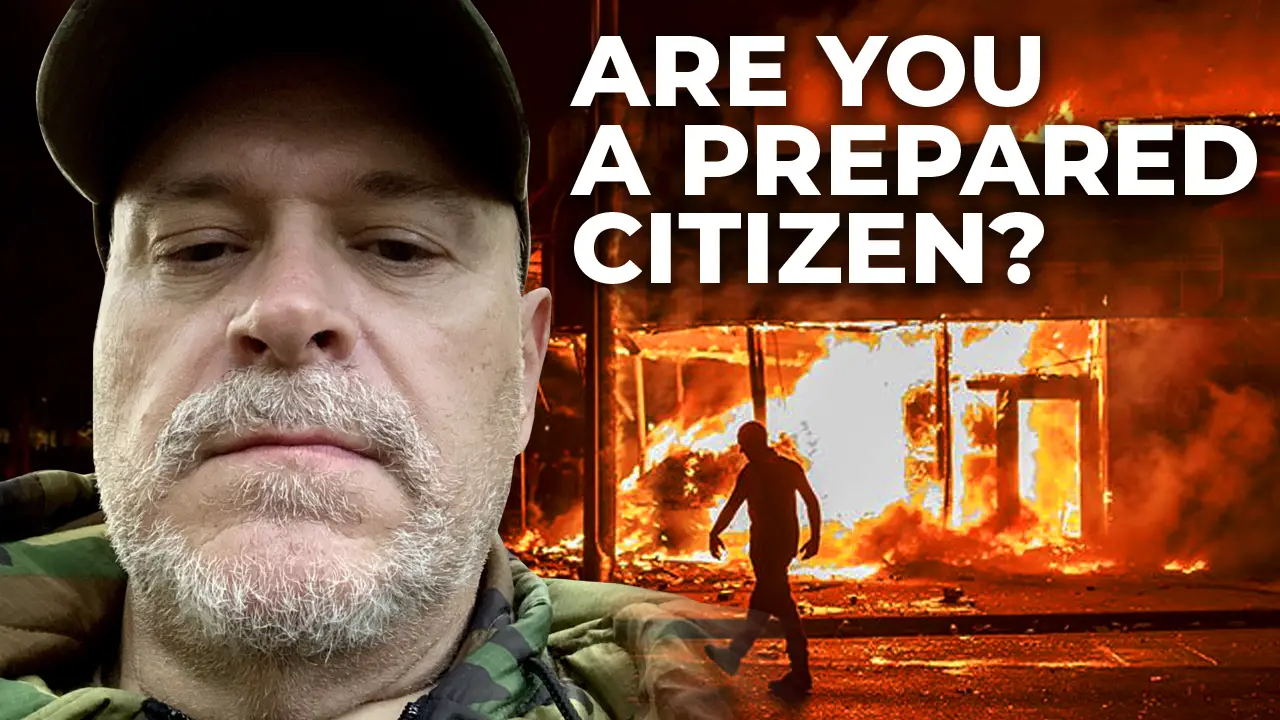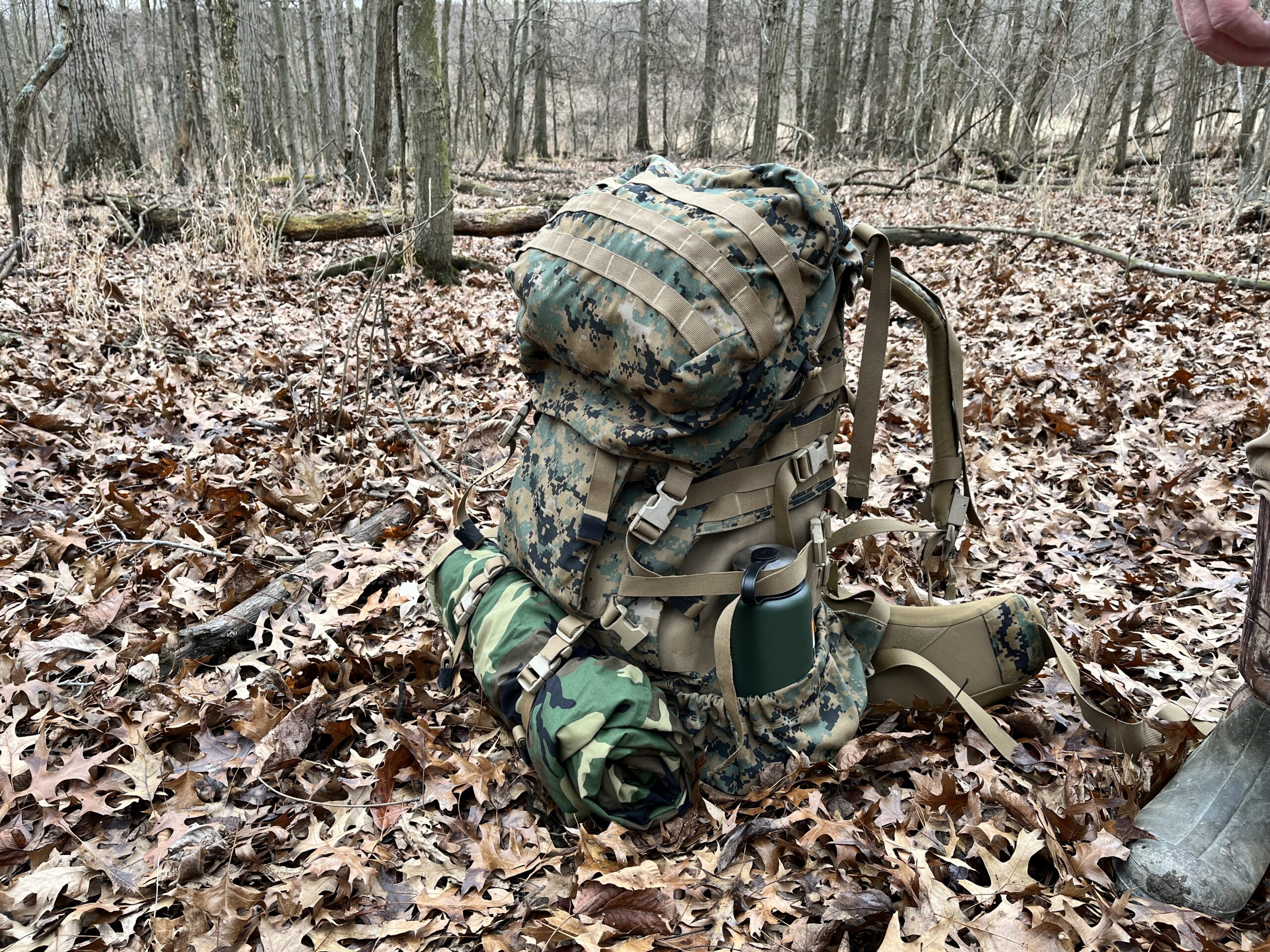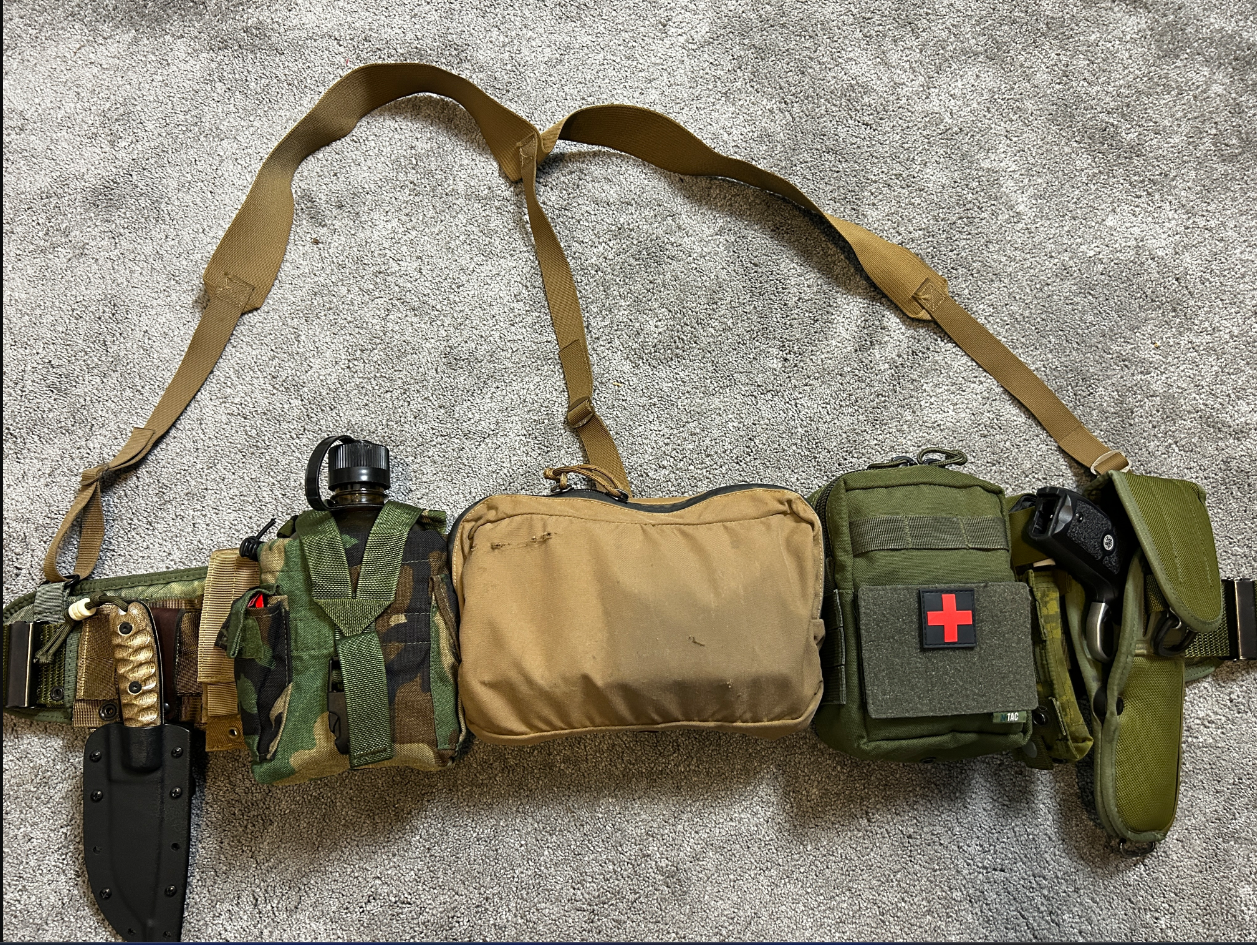Introduction
In an uncertain world, being prepared for unforeseen disasters is no longer an option but a necessity. From natural calamities to global pandemics, the importance of prepping for disasters cannot be overstated. By taking proactive steps to safeguard yourself and your loved ones, you can mitigate the impact of emergencies and increase your chances of survival. In this article, we will explore the essential steps to effectively prepare for disasters and ensure your future remains secure.
Assessing Potential Threats
The first step towards disaster prepping is identifying and assessing the potential threats you may face. Research and analyze the geographical location you reside in to determine the risks specific to your area. These can include hurricanes, earthquakes, floods, wildfires, or even man-made disasters like power outages or civil unrest. By understanding the threats, you can prioritize your preparations accordingly.
Emergency Supplies and Equipment
Building an emergency supply kit is crucial for disaster preparedness. Start by stocking up on non-perishable food items, water, and essential hygiene products to sustain you and your family for at least three days. Include a first aid kit, medications, and any necessary medical supplies. Additionally, have a backup power source, such as a generator or solar panels, and ensure you have sufficient fuel reserves. Adequate clothing, blankets, and sturdy footwear should also be included.
Creating a Communication Plan
During a disaster, communication channels can become disrupted. Establishing a communication plan in advance is vital. Designate a meeting point for your family members, both within and outside your neighborhood. Ensure everyone knows the plan and how to contact each other in case of separation. Keep a list of emergency contacts, including local authorities and medical professionals, readily available.
Securing Shelter and Protection
Ensure your shelter is secure and prepared to withstand potential disasters. Reinforce windows and doors, and if necessary, install storm shutters. Consider retrofitting your home to make it earthquake-resistant or elevating it to mitigate flood risks. Familiarize yourself with local evacuation routes and shelters. Additionally, invest in protective gear such as fire extinguishers, smoke detectors, and carbon monoxide alarms to enhance safety.
Financial Preparedness
Disasters can lead to financial strain, making it crucial to be financially prepared. Create an emergency fund that can cover your living expenses for at least six months. Keep important documents, such as identification papers, insurance policies, and financial records, in a secure and easily accessible location. Consider obtaining appropriate insurance coverage to protect your property and belongings.
Developing Survival Skills
Acquiring basic survival skills can significantly increase your chances of withstanding a disaster. Learn first aid and CPR techniques to provide immediate medical assistance. Familiarize yourself with outdoor survival skills, such as starting a fire, purifying water, and constructing temporary shelters. Basic self-defense and navigation skills can also be invaluable during emergencies.
Continuous Learning and Adaptation
Disaster preparedness is an ongoing process that requires continuous learning and adaptation. Stay informed about new threats, technological advancements, and best practices in disaster management. Participate in community emergency response programs and training courses. Regularly review and update your emergency plans and supplies to ensure they align with your evolving needs.
Conclusion
Disasters are unpredictable and can strike without warning, but by taking proactive measures, you can significantly improve your resilience and ability to cope. Prepping for disasters involves assessing potential threats, acquiring essential supplies and equipment, and establishing.





Leave a Reply